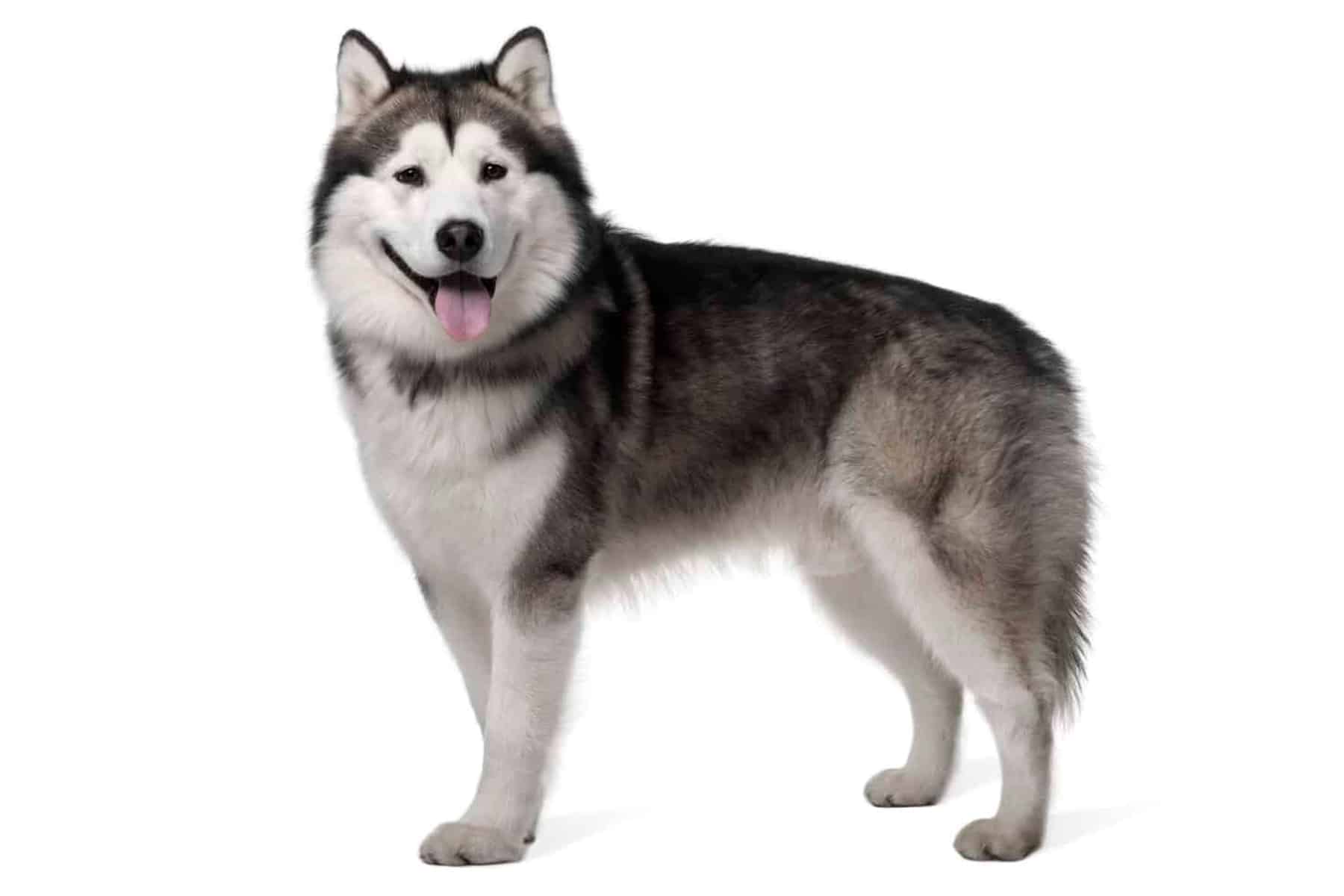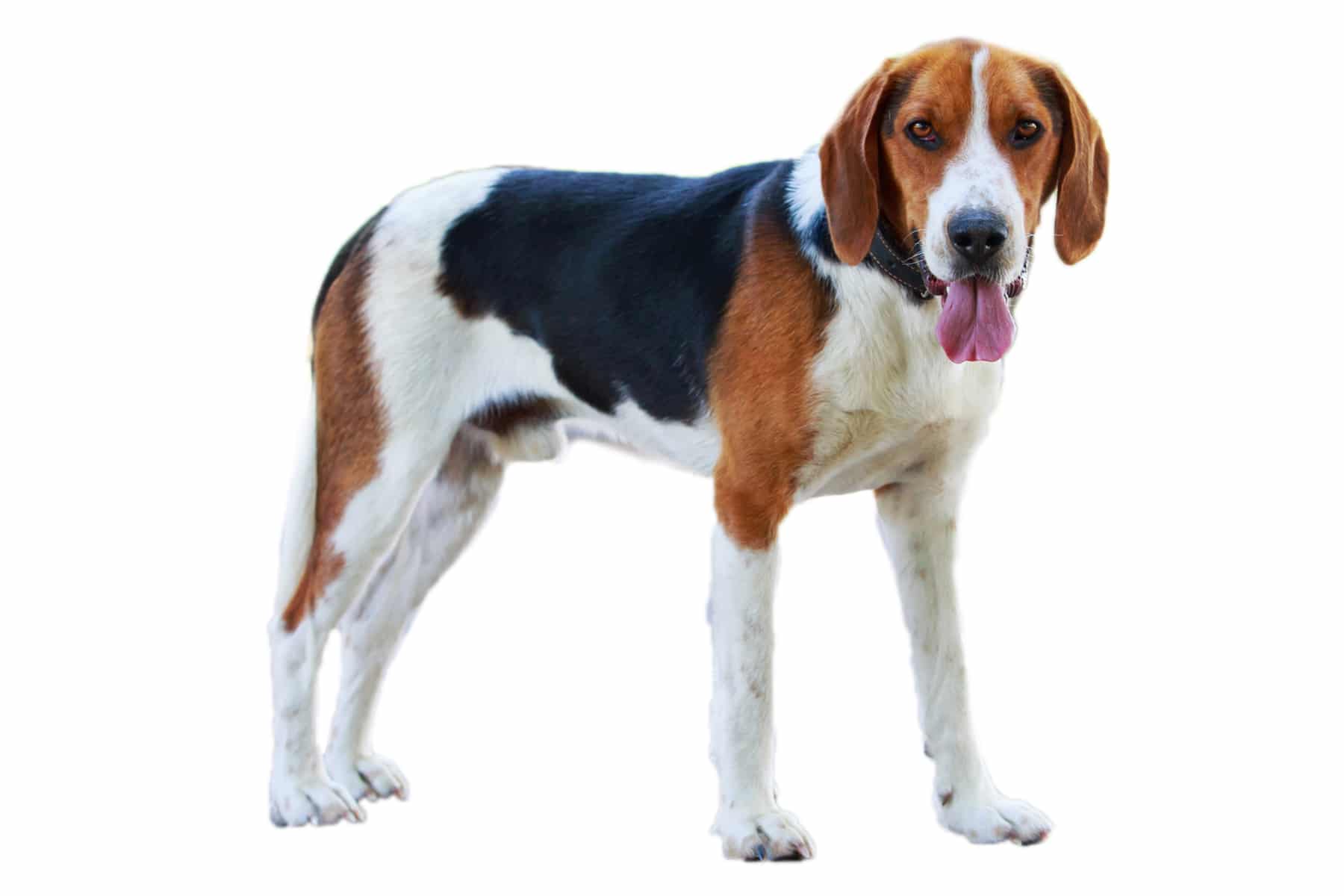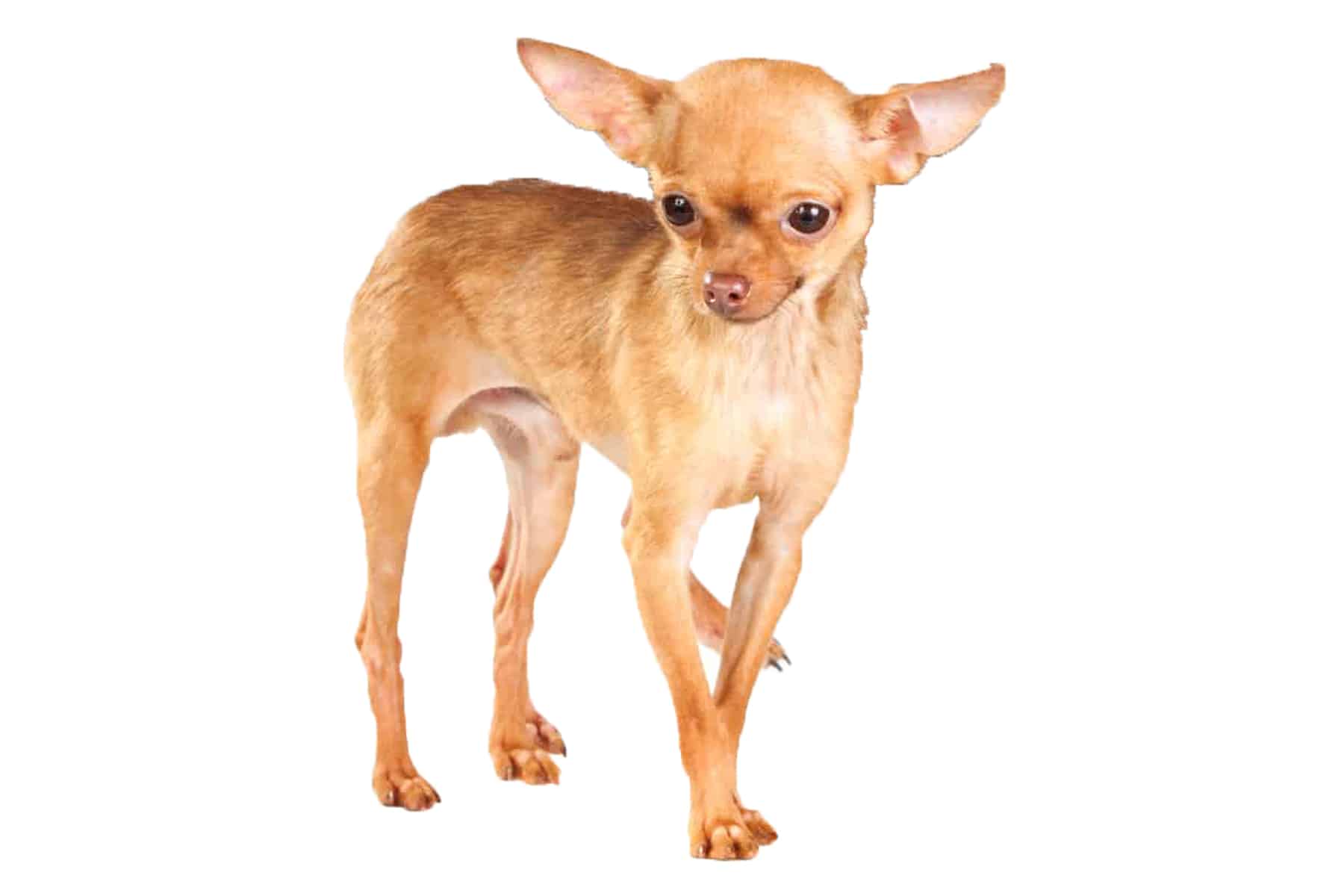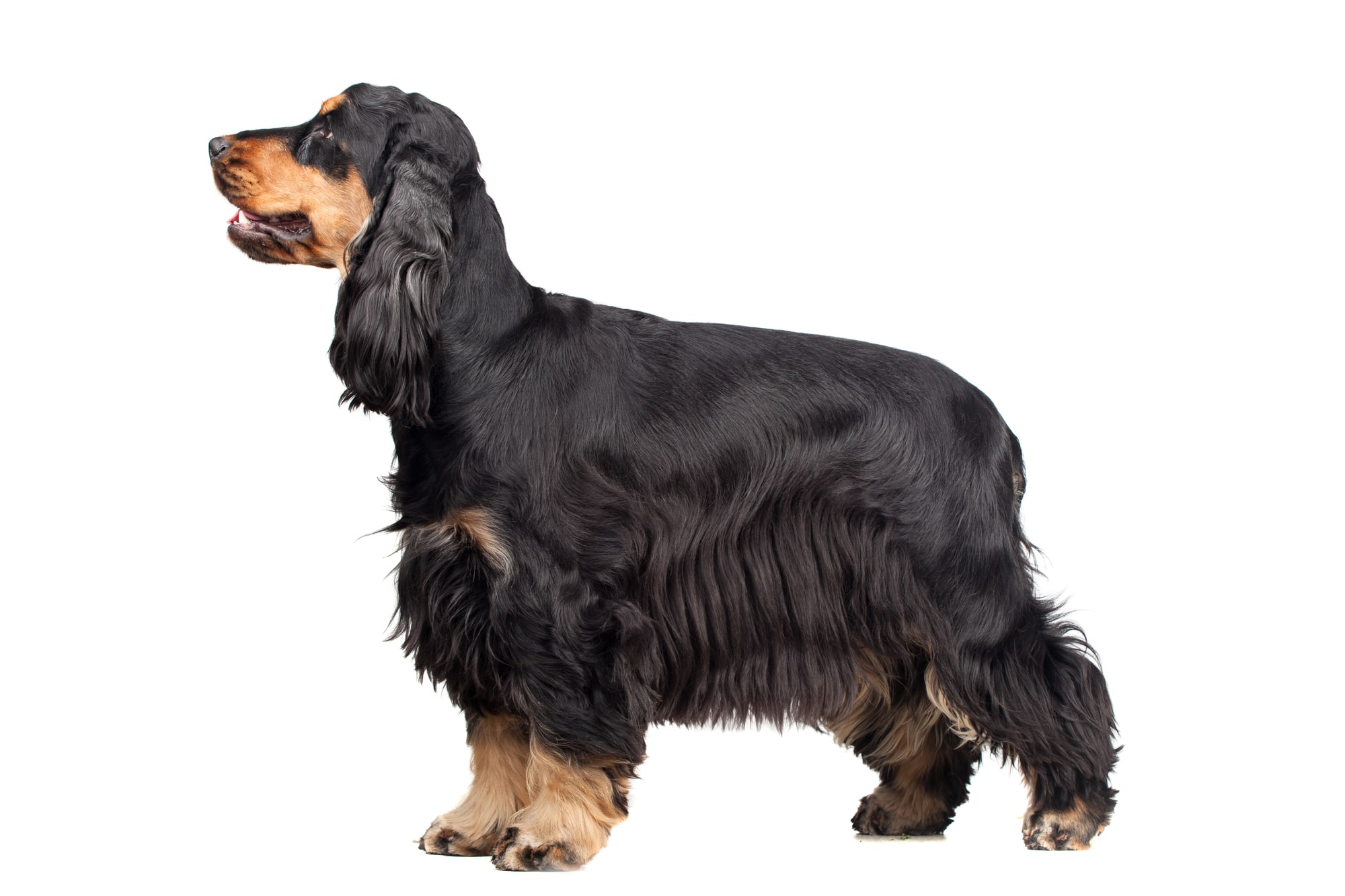Korea Jindo Dog
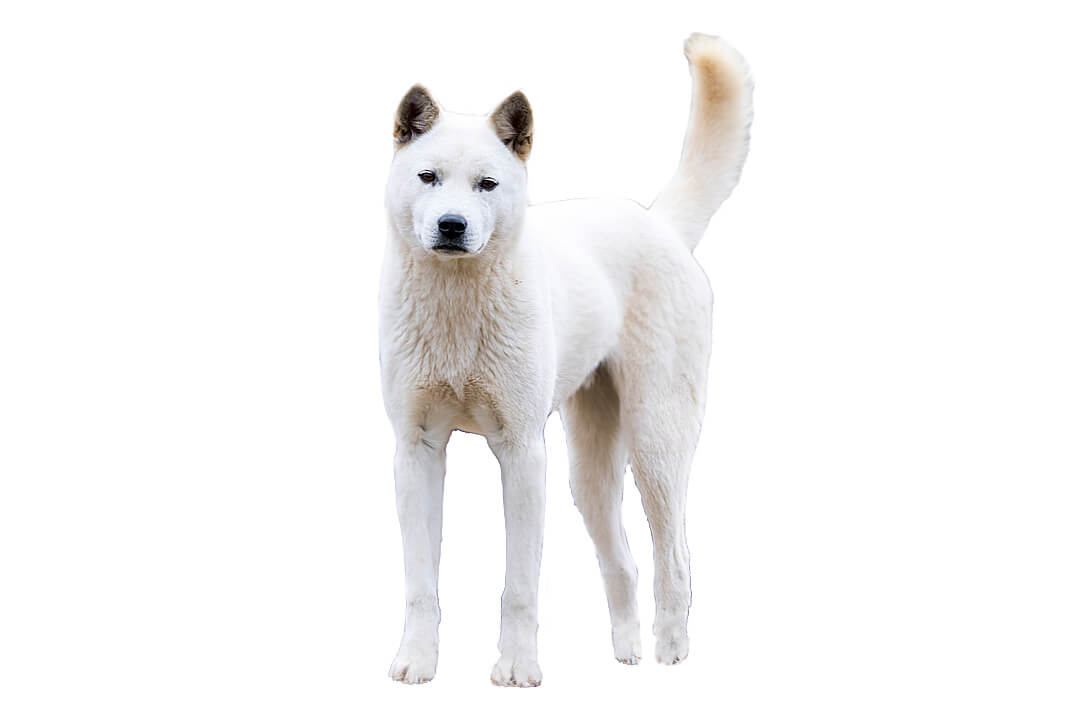
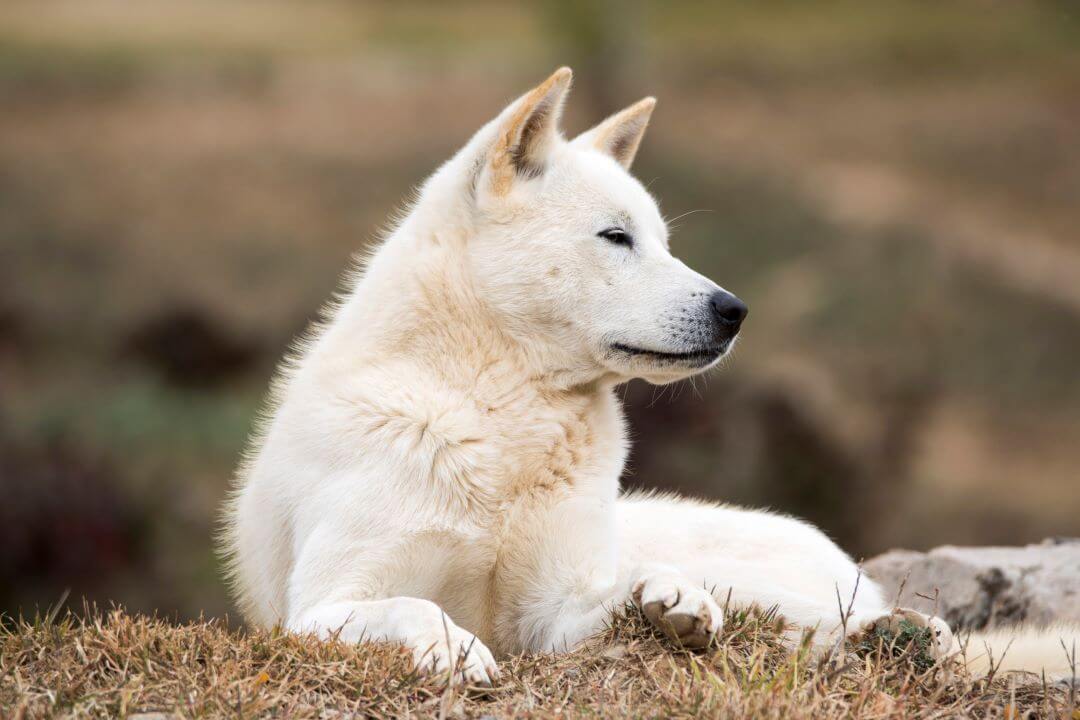
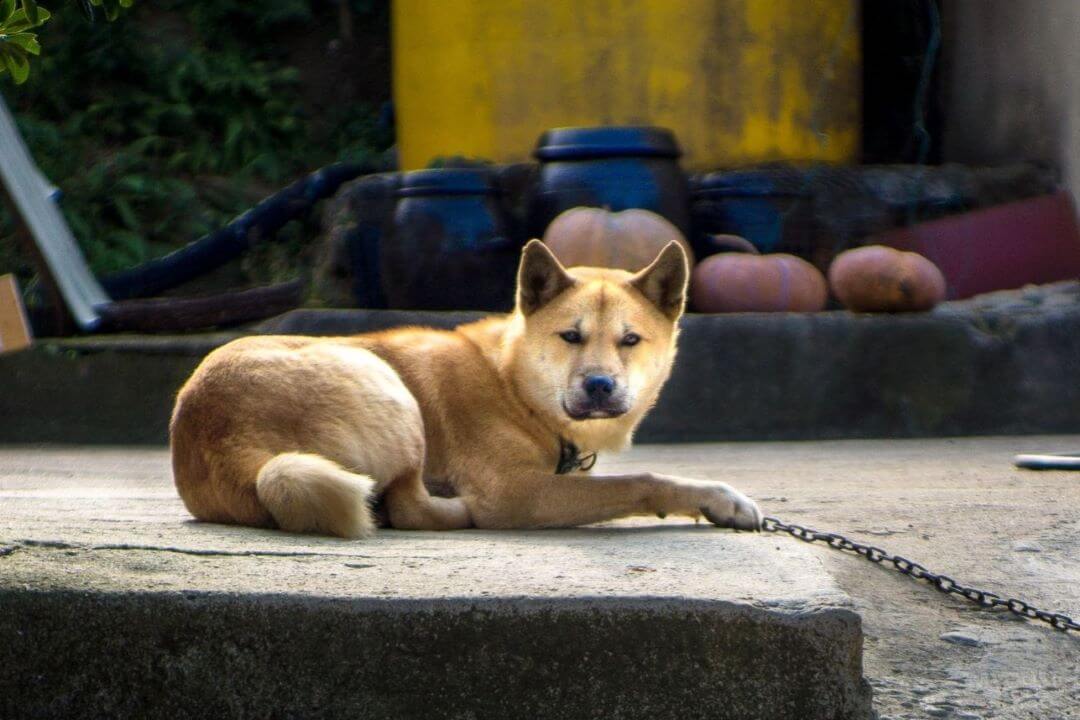
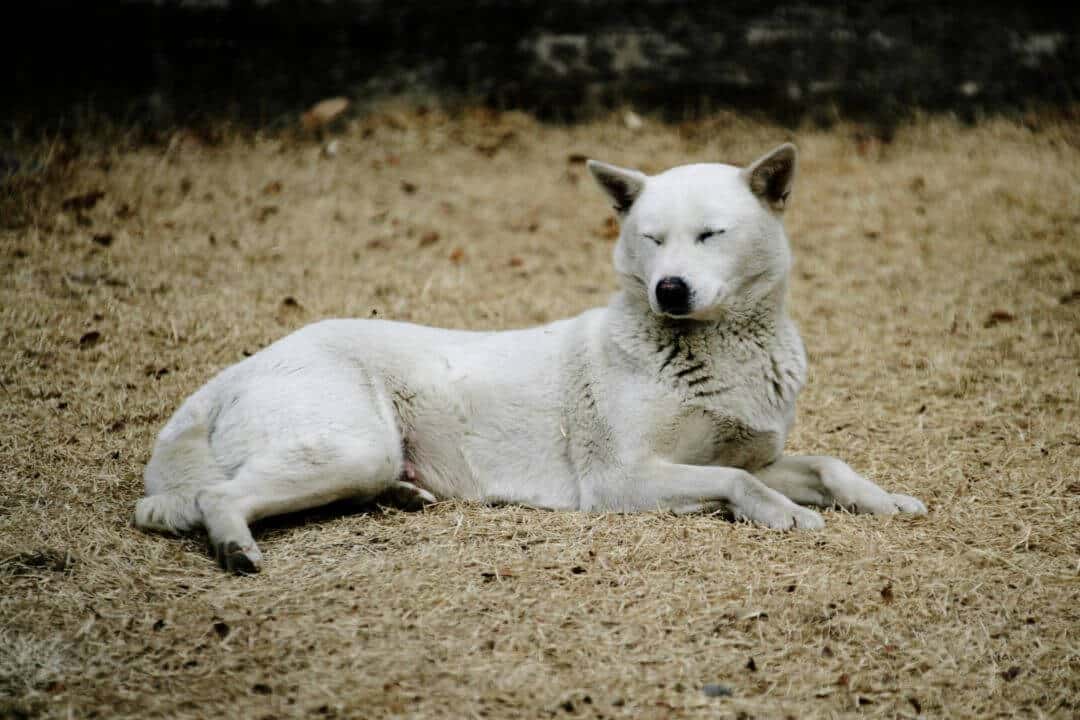
Temperament:
The Korea Jindo Dog - also known as the Korean Jindo - is clearly not a dog for everyone. The breed has a pronounced hunting and guarding instinct. The special temperament of this four-legged friend only belongs in the hands of experienced dog owners. However, with the necessary knowledge and a large portion of consistency, this fur nose can also be trained to become a pleasant family member.
Characteristics
The Korean Jindo was bred as a hunting and guard dog. It is therefore a very self-confident, active and loyal dog. It can be trained successfully if you have experience in handling dogs. However, the Korean Jindo also likes to act independently, which can lead to it disobeying commands. This temperament is only for experienced dog owners.
This four-legged friend is so loyal to its owner that many representatives of this breed will not even accept food or treats from strangers. This can lead to problems if you have to give the dog away for any reason. It takes some time for them to trust a new person. This is why it is a typical one-man dog.
The Korean Jindo is a guard dog through and through. It defends its home and family with all its might. This breed also tends to bark, which is typical of guard dogs. If you want to receive visitors regularly, you need to get the Korean Jindo used to it early on and socialize it well. Otherwise, its watchful nature and cautious nose can quickly lead to problems.
A special feature of this breed is that it does not get on particularly well with most other dogs. There are often major difficulties with male dogs in particular. For this reason, the Korean Jindo should preferably be kept as an only dog and intensively socialized. Its pronounced hunting instinct can only be kept under control through appropriate exercise and intensive training.
The Korean Jindo has a medium-length, rough coat. It comes in the colors reddish fawn, white, black, black and tan, wolf gray and brindle. It has a dense undercoat, which protects it from the cold in winter and is particularly pronounced then. It is lighter in color than the top coat, which stands out slightly. Despite the dense coat, its strong musculature is clearly visible.
At 45-50 cm, the bitches are somewhat smaller than the males of this medium-sized breed, which reach 50-55 cm. Males reach a weight of 18-23 kg, adult females weigh only 15-19 kg. The four-legged friend carries its well-feathered tail slightly curled over its back. It often touches the back or flank. The triangular ears are erect. The eyes are almond-shaped and dark brown.
Coat care:
Shedding:
Energy level:
Trainability:
Children suitable:
The right food
When choosing food, make sure that it contains high-quality ingredients, is balanced and meets your dog's requirements. Age, size or weight, activity and health status play an important role. You should follow the manufacturer's recommendations for the amount of food.
Treats should only be fed in moderation and deducted from the basic diet to avoid obesity.
Puppies can be fed 4-6 times a day. The number of meals should be gradually reduced to 2 per day until the dog is fully grown. A rest period should be observed after meals.
Fresh drinking water should be available at all times.
The Korean Jindo is known to be a picky eater. You will therefore probably have to test exactly which brands and varieties your four-legged friend likes - otherwise he will refuse to eat. Ideally, you should get him used to different types of food as a puppy so that there are no problems when one type is no longer available.
Health & Care
In general, the Korean Jindo is quite easy to care for. Brushing once a week is sufficient. Daily combing is only advisable during the shedding season, as otherwise the whole house will soon be covered in fur. If it gets dirty, it is usually sufficient to let it dry and comb it out later. The Korea Jindo Dog rarely needs a bath. However, you should gently get your water-shy four-legged friend used to the fact that occasional baths are necessary, even as a puppy.
Eyes, ears, claws and teeth can be checked directly during the weekly grooming. Parasites or diseases can thus be detected and combated at an early stage. Regular tooth brushing is also advisable to support dental health in the long term. Special eye and ear cleaning products should also be used regularly. However, make sure that they do not contain any harmful ingredients. Your vet can advise you on this.
The claws should be shortened if necessary. Claws that are too long are very painful when walking. There is also an increased risk of catching the claws and tearing a claw out if the claws are too long.
In addition to grooming, appropriate exercise should of course not be neglected. The Korean Jindo is a very intelligent and athletic four-legged friend. It should therefore be challenged physically and mentally on a daily basis. Suitable activities include dog sports such as agility, practicing new tricks and plenty of exercise in everyday life - for example jogging or running alongside a bicycle.
Suitable accessories
The Korean Jindo does not need any special accessories. However, you should make sure that the lead, collar and harness are of good quality, as this is quite a strong and temperamental dog. Of course, the Jindo also needs bowls for food and water. No four-legged friend should be without a comfortable place to sleep.
Get a comb that reaches into the undercoat and a brush to remove dead hair. The dog shampoo should be mild for sensitive dog skin so that the natural protection of the skin and coat is not destroyed. Claw clippers and high-quality eye and ear cleaners should also be available in the household. A special dog toothpaste and a suitable toothbrush for dogs, tick tweezers and a first aid kit are also essential.
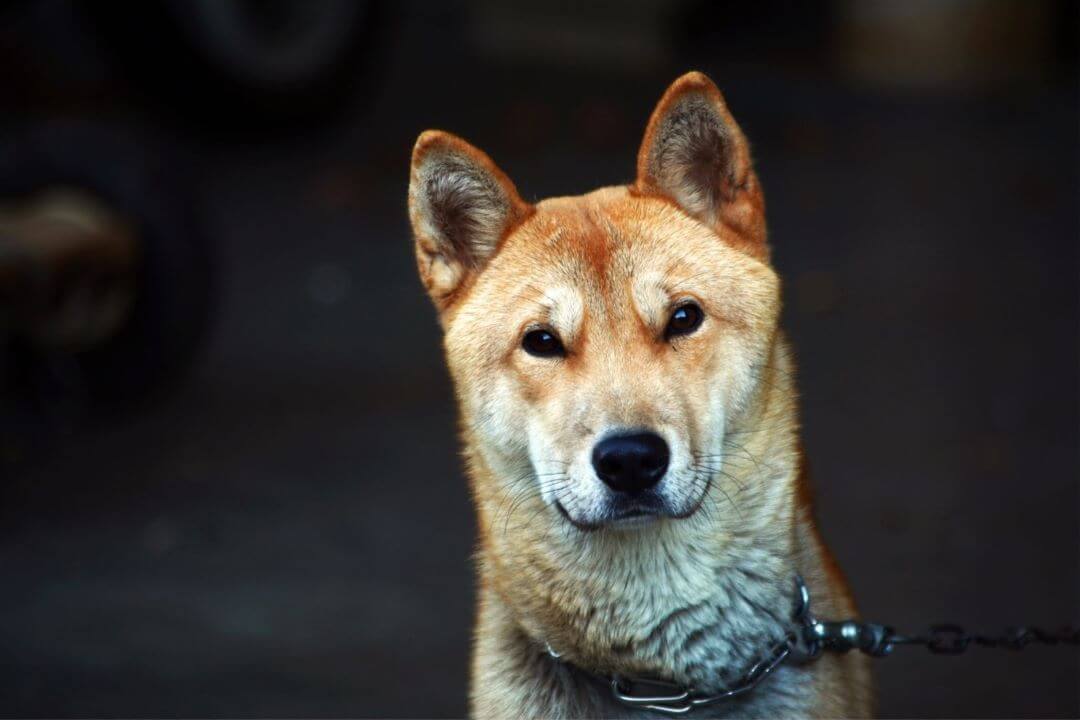
Origin & History
The exact origin of the breed has not yet been clarified. There are various theories, but no written records. However, it is assumed that the Korean Jindo originates from the island of Jindo in southwest Korea. Due to the geographical remoteness, the breed was probably able to develop there undisturbed for thousands of years.
In 1938, the Korean jindo was declared the national animal of Korea. It is under nature and species protection there. The breed is officially subject to an export ban. Nevertheless, in the 1980s, Korean smugglers brought some specimens to the USA, where the breed has been bred ever since. There, the Korean Jindo Association of America is committed to preserving the breed in its original form.
In 2003, the breed was exhibited outside Korea for the first time. This took place in Great Britain. On 06.07.2005 the Korean Jindo was officially recognized by the FCI. The FCI had already provisionally recognized the breed on 10.03.1995. The VDH also looks after this breed, but there are currently no breeders of the Korean Jindo in Germany. It is therefore almost impossible to obtain a representative of this breed.
